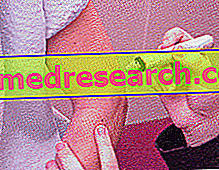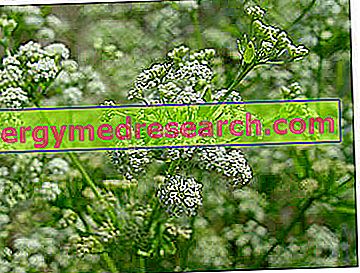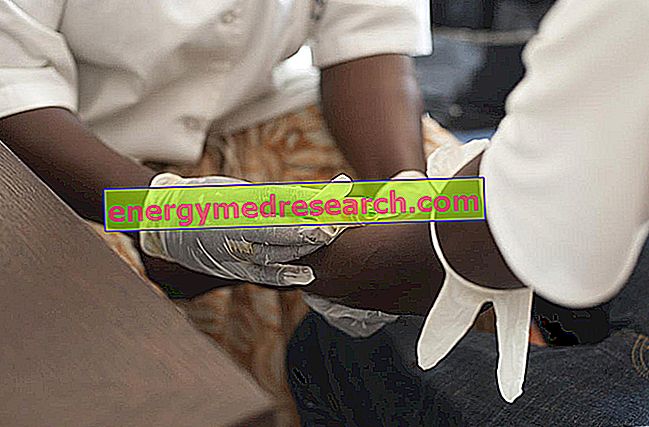By Dr. Eugenio Ciuccetti
Moxibustion (or Moxa) is a particular therapeutic technique deriving from traditional Chinese medicine, characterized by the prolonged application of heat on points and meridians typical of acupuncture.
This heat is produced by burning - in the vicinity of the area to be treated - special cigars or artemisia cones: a medicinal plant (artemisia vulgaris) whose leaves - harvested in spring - are then specially dried, pressed and powdered.

There may sometimes be harmless redness of the skin and it is therefore important that the operator - also on the basis of the specific sensitivity of the subject to be treated - knows how to dose the movements to be performed, the distance to be maintained (at least 3 cm from the skin) and the timing of application (about ten minutes per point). This will prevent unpleasant pain and burns.
Particularly suitable in case of joint and cervical pains related to cold and humidity or those of bronchitis and asthma, Moxa is to be avoided in case of high fever, arterial hypertension and on non-intact skin areas. It is also not recommended for small children.
During pregnancy it can have - with the appropriate precautions - important applications. For example - towards the thirty-fifth week of gestation - it can be used to stimulate the upheaval of a fetus from breech presentation (now an indication for cesarean section) to cephalic presentation.
The point to be treated, in this case, is the "67 bladder". This point can be found behind the outer and rear corner of the nail of the little toe. During the same session both feet will be treated. The treatment will then be repeated, even daily, for at least ten days.
The movements of the fetus can be monitored ultrasonographically and, if necessary, a second cycle of treatments can also be scheduled.



